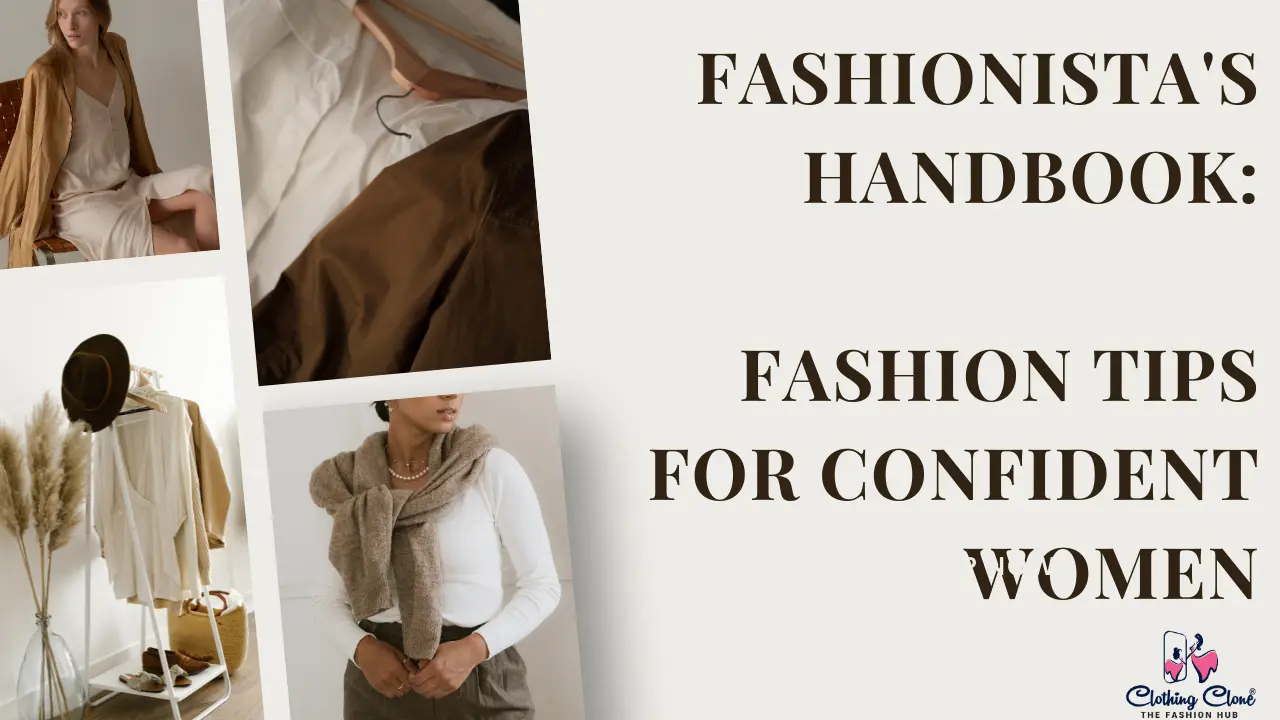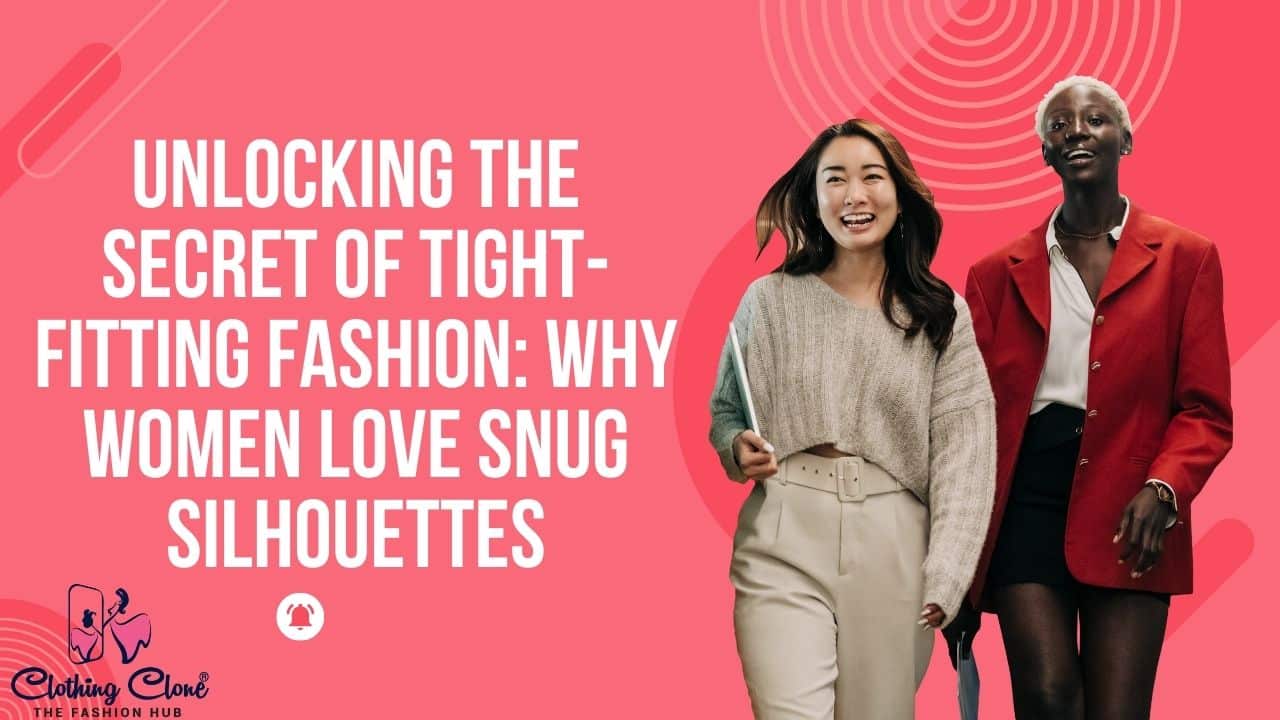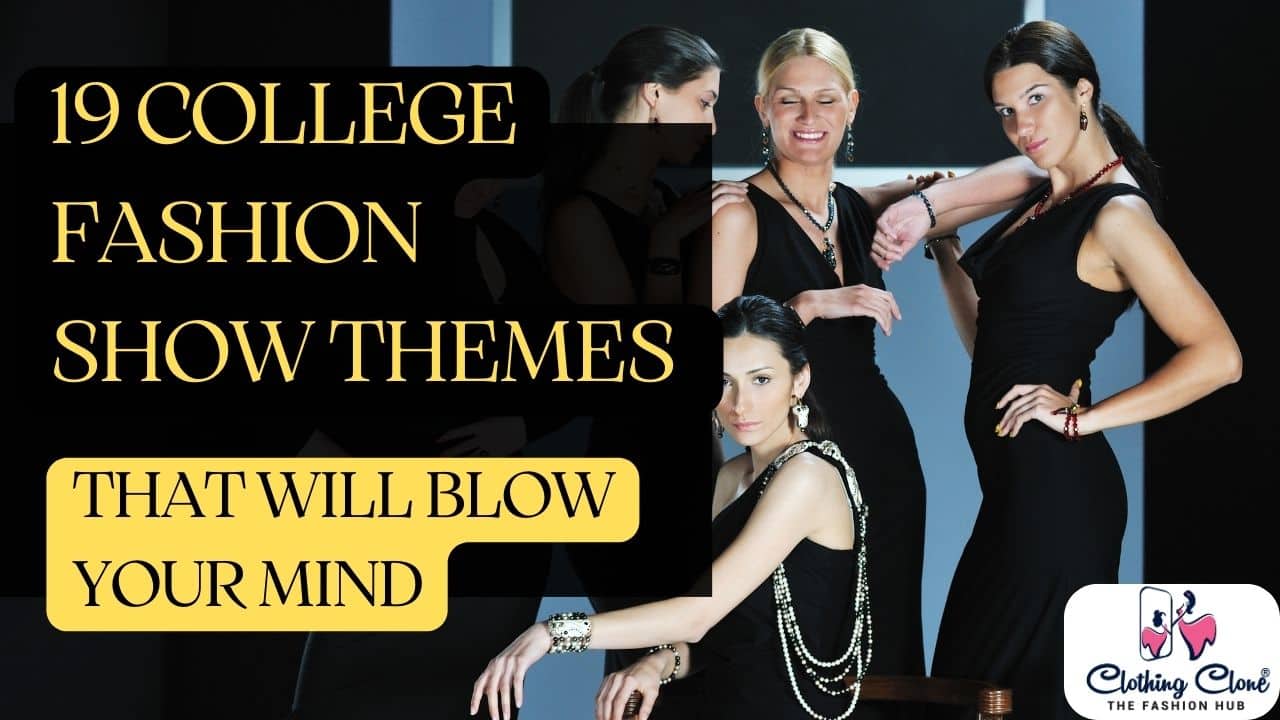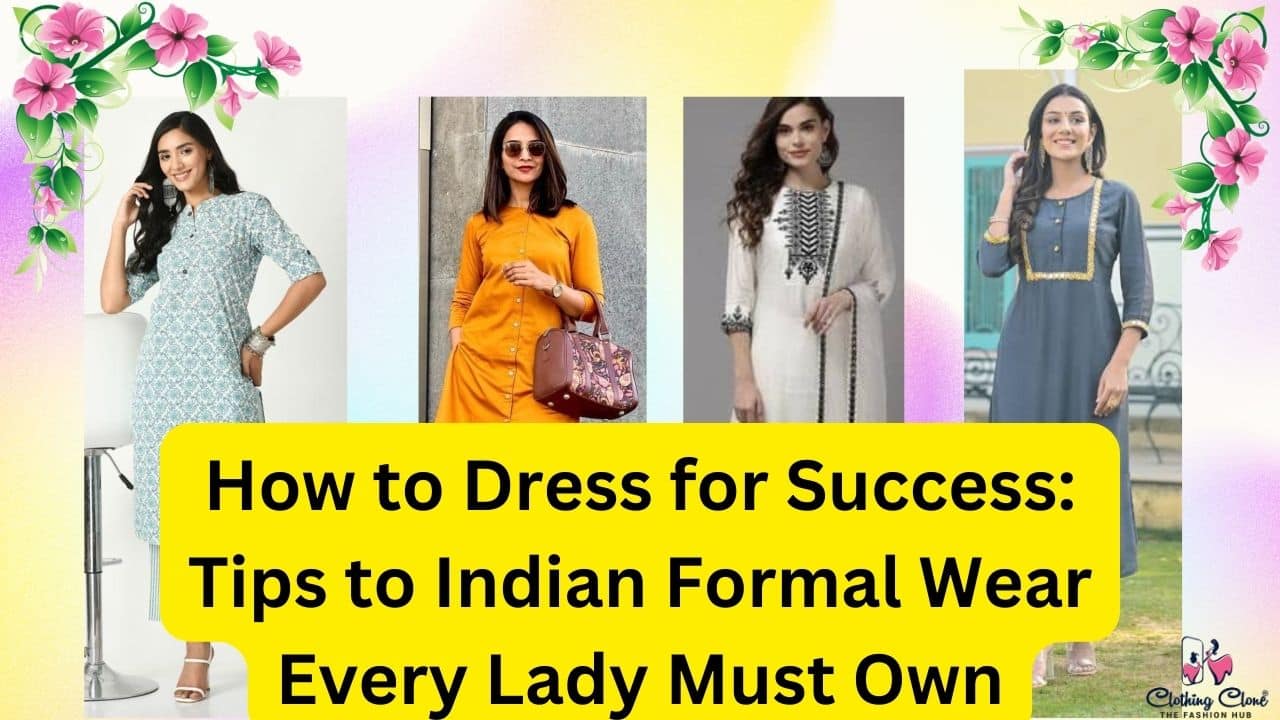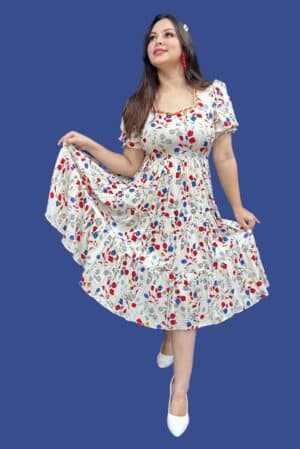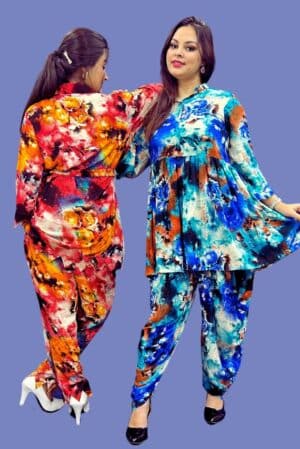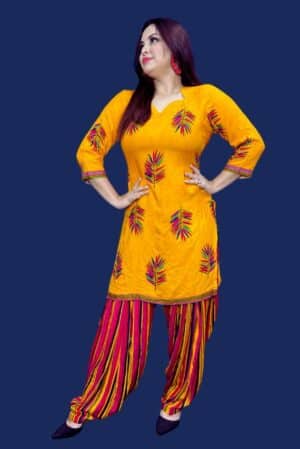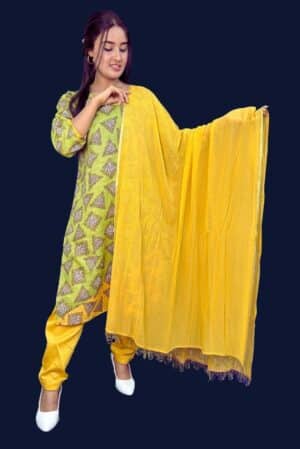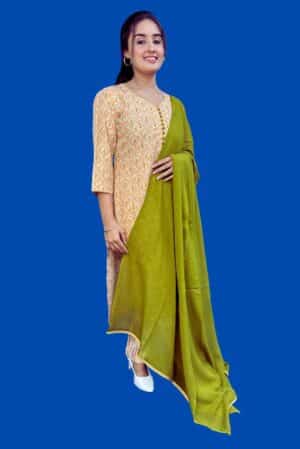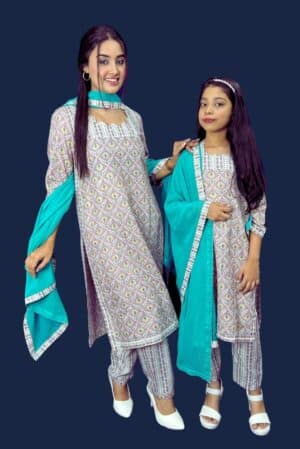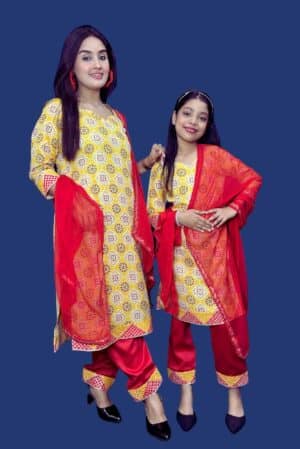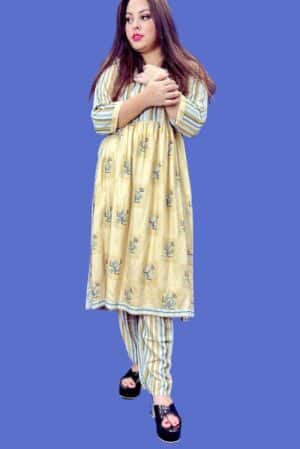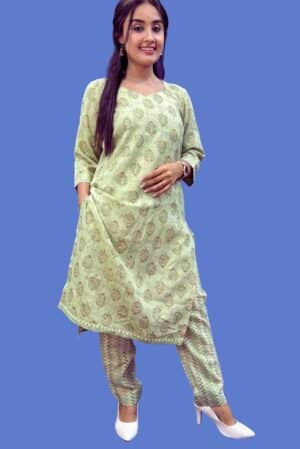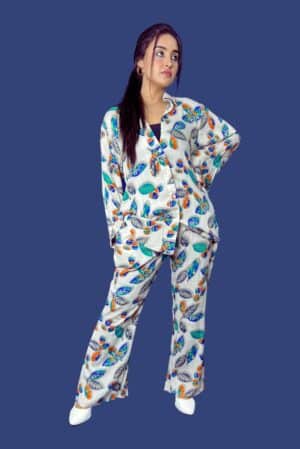

Unlocking Your Fashion Future: Exploring Fashion Communication Courses and Careers
Communication is the only way for trends, brands, and customers to stay in touch in the fast-paced fashion world, where imagination meets business. Welcome to the exciting world of fashion communication, which is more than just looking good.
It’s a powerful story that shapes the very core of the business. As we learn more about this fascinating subject, we see how it has changed from traditional to modern forms, where digital platforms and social media rule.
Fashion communication is more than just showing off beautiful patterns; it’s also about sharing feelings, stories, and goals.
We will try to figure out the mysteries of this interesting field by looking at its courses, jobs, and the bright future it has in store for those brave enough to come up with new ideas and speak in style.
Hold on tight as we explore the complex world of fashion communication and try to understand what it means in a world where style and expression are always changing.
Table of Contents
ToggleWhat is Fashion Communication
Fashion Communication is the art and science of getting across the spirit of fashion through different channels, like writing, photography, ads, public relations, styling, and digital media.
It’s about turning visual language into stories that keep people interested and motivate them. Fashion Communication basically fills the gap between what creators want to create and what customers want.
It’s the most important link between fashion brands and the people they want to buy from them. It includes everything from fashion shows and magazine spreads to social media campaigns and partnerships between brands.
It’s the mix of imagination, strategy, and storytelling. Fashion Communication has never been more important than it is now in India, where the fashion business is growing quickly and becoming more global.
It’s not enough to just show off pretty clothes; it’s also about making connections, setting trends, and changing societal narratives.
As we learn more about Fashion Communication, we start to understand its subtleties and look at the many ways it can help budding fashion fans make their own way in this continually changing field.
Understanding Fashion Communication Courses
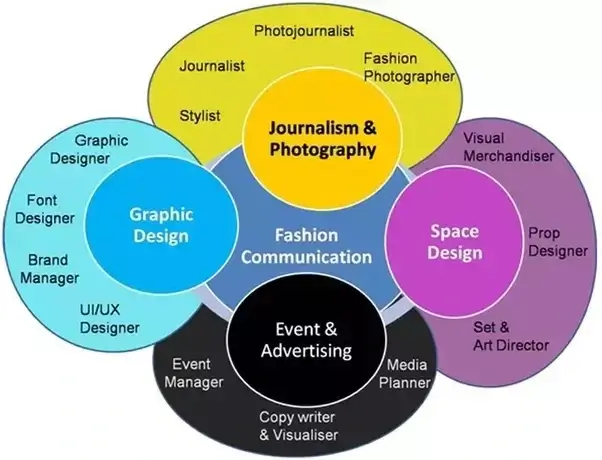
To fully understand Fashion Communication Courses, you need to look into the varied lessons that are meant to give students the information and abilities they need to do well in the fast-paced fashion world.
Overview of Fashion Communication Studies
At its core, Fashion Communication Studies deeply examines the business by combining academic knowledge with real-world applications.
Core Curriculum:
The core curriculum includes many different topics, such as Digital Media, Fashion Theory, Visual Communication, Branding and Marketing, and Visual Communication.
1. Fashion Theory looks at the historical, cultural, and social elements of fashion to help students understand its meaning and development better.
2. Visual Communication helps students improve their ability to use pictures to communicate ideas and concepts. It includes subjects like style, photography, and graphic design.
3. Branding and Marketing goes into the strategic parts of creating and promoting fashion brands. It talks about things like market research, advertising tactics, and how people actually behave as customers.
4. In this digital age, digital media is becoming more important, focusing on how to use online platforms, social media, and content creation to connect with audiences and raise company awareness.
Specializations in Fashion Communication:
Students can also choose to specialize in different areas of Fashion Communication based on their interests and job goals.
1. Fashion journalism includes writing, editing, and making material for blogs, websites, and fashion magazines.
2. The goal of fashion public relations is to improve a brand’s image and visibility by building relationships with customers, media outlets, and influential people.
3. Finally, Fashion Marketing looks at how to plan and carry out marketing efforts strategically. It covers things like advertising, brand management, and retail merchandising.
Fashion Communication Courses offer a wide range of specializations and a complete curriculum.
By understanding these, students can get a full picture of the industry and set themselves up for a successful career in fashion communication.
Choosing the Right Fashion Communication Course
Picking the right Fashion Communication Course is an important step toward reaching your full potential in the fashion world, which is always changing.
Here is an in-depth guide to help you sort through all of your choices and make an educated choice:
A. Looking into programs
First, do a lot of study on the different Fashion Communication programs that are available in India.
Check out the different schools, universities, and institutes that give classes in this area.
To narrow down your choices, think about things like reputation, accreditation, and length of the school.
B. Reviewing the curriculum and the teachers
Once you’ve found some possible schools, look at their course descriptions to see if the courses are relevant and cover everything you need to know.
You should look for courses that cover a lot of different subjects, like digital media, fashion theory, and visual communication.
Also, look at the faculty members’ credentials and areas of knowledge to make sure they have both academic and work experience.
Taking Business Connections into Account
One of the most important things to think about when picking a Fashion Communication Course is how well the school works with and connects with the fashion business.
Find programs that give internships, projects related to the fashion industry, and guest lectures by people who work in the fashion industry.
These connections can give you valuable information, chances to network, and real-life experience that you need to start a successful job in fashion communication.
Looking at Resources and Facilities
Finally, look at the facilities and resources that the schools that offer Fashion Communication Courses have.
Think about things like library resources, computer labs, studio spaces, and the ability to get standard software and hardware for the business.
A well-equipped learning space can help you learn better and give you the tools you need to succeed in the field of fashion communication.
You can make an informed choice and pick the best Fashion Communication Course for your interests, goals, and aspirations in the fashion industry by researching programs, looking at the curriculum and faculty, thinking about connections in the industry, and checking out resources and facilities.
Pursuing a Career in Fashion Communication

As a Fashion Communication major, you can choose from a wide range of exciting job opportunities in the fast-paced fashion business.
Here is a list of the different job paths that people who want to be professionals can take:
A. Look at the Different Job Paths
Many job paths in fashion communication combine creativity, communication, and strategy.
People who work in this area are very important for shaping brand stories, connecting with audiences, and growing businesses through smart communication strategies.
B. Positions for new employees
As a fashion writer, one of your first tasks will be to create interesting articles for fashion magazines, websites, blogs, and social media sites.
Writing articles, product descriptions, news releases, and promotional materials may be part of the job.
Social Media Coordinator: Social media coordinators’ job is to manage and carry out fashion brands’ social media plans.
This job involves creating interesting material, planning posts, interacting with followers, and analyzing social media metrics to improve performance.
Public Relations Assistant: People who work as public relations assistants help fashion brands communicate with the media, leaders, and other important people.
Some things that may be expected of them are writing press releases, planning events, pitching stories to the media, and answering questions from the press.
C. Positions in the middle
Fashion Editor: As a fashion editor at a mid-level job, you’ll be in charge of creating material and giving editorial direction for fashion websites, blogs, or publications.
Fashion editors choose what to publish, give articles, keep track of editorial schedules, and make sure that the style and tone are always the same.
Marketing Manager: Marketing managers devise and implement plans to promote fashion brands and goods. Their duties may include market research, campaign planning, budget management, and working with creative teams to implement marketing plans.
A brand strategist helps fashion brands find their place in the market and strengthen their personalities. You will analyze the market, determine your target audience, write brand messages, and devise ways to raise brand awareness and equity.
D. Opportunities for advanced careers
Creative Director: For fashion brands or agencies, creative directors are in charge of setting the creative direction and goals.
They also get creative teams to develop ideas, campaigns, and visual images that align with the brand’s goals and appeal to the right people.
Fashion Communications Director: Fashion communications directors oversee fashion brands’ communication plans, marketing, public relations, and brand building. They make big plans for communication, deal with the media, and ensure the brand’s message is the same across all platforms.
Chief Marketing Officer: Chief marketing officers (CMOs) are the top executives in fashion companies who oversee all marketing efforts. They develop long-term marketing plans, promote new ideas, and collaborate with other teams to achieve business goals.
People can build rewarding and vital careers in the fast-paced and always-changing fashion business by starting at the entry level and working up to advanced positions in fashion communication.
Also Related Article: Is Fashion Designing a Good Career in India After 12th
Developing Skills for Success
People who want to work as pros in the Fashion Communication field need to learn the skills they need to do well in this competitive field. Here is a list of important skills that you need to be successful:
Strong Written Communication Skills: Fashion speakers must have strong written communication skills.
Writing articles, press releases, social media posts, or marketing materials requires the ability to communicate ideas easily and effectively.
Professionals need to improve their writing skills to get their brand’s message across, tell interesting stories, and connect with people on a variety of platforms.
Skill in Visual Communication: In the world of fashion, visual communication is very important. Professionals need to have a good sense of style and design in order to do things like style photoshoots, make images and visual content that stand out, and design marketing materials.
By learning graphic design, photography, styling, and visual storytelling, people can use compelling visuals to get their point across and make people feel things.
Digital Literacy: In this digital world, you need to know how to use digital platforms and tools to be successful in Fashion Communication.
Professionals need to know about the newest social media trends, digital marketing methods, and ways to make content.
Digital literacy is important for working in the fashion business because it helps with things like managing social media accounts, analyzing analytics, and making interesting multimedia content.
Making connections and networks: To move up in a Fashion Communication job, it’s important to make fashion industry connections and networks that are strong.
Professionals need to connect with others in the same field, media professionals, influencers, and possible partners in order to reach more people, learn more, and make new chances.
Improving networking, making real connections, and keeping up with professional relationships can lead to new job possibilities and career growth.
Aspiring professionals can get the tools and skills they need to achieve in the fast-paced and competitive field of Fashion Communication by improving their written and visual communication skills, as well as their digital literacy and networking skills.
In the fashion business, these skills are necessary to get brand messages across, connect with customers, and make connections that matter.
Internships and Work Experience
Internships and work experience are very important for building a great career in Fashion Communication because they give people who want to work as professionals the chance to get real-world experience, make new connections, and improve their skills.
Here is more information about why jobs are important and how to get the most out of them:
Why internships are important:
Internships connect what you learn in school with what you do in the real world, letting students use what they’ve learned in the classroom in real-life situations.
They allow people to experience different roles, responsibilities, and challenges in the fashion business, which is very helpful.
Building professional networks, finding a mentor, and learning skills and knowledge specific to your business are all things you can do during an internship.
Internships can also improve applications, which can make people more competitive when they graduate and look for work.
Find Internship Opportunities
In the fashion business, you must be proactive and network strategically to find internship opportunities.
Career fairs, industry meetings, company websites, and professional networking sites are where students can look for internships.
Also, asking alumni, professors, and people working in the field for tips and leads can help you find hidden opportunities.
When applying for an internship, it’s important to make sure that your resume and cover letter are specific to the job and show that you are passionate about the fashion business.
How to Get the Most Out of Your Internship
People should approach their internships with excitement, professionalism, and a desire to learn. Look for chances to make a difference, ask questions, and take on new tasks.
Take advantage of mentorship chances by asking professionals with a lot of experience to help you and give you feedback on your work.
To grow your business network, you should also try to connect with coworkers, go to events in your field, and get involved in company projects.
Lastly, think about your job and write down the most important things you learned and the things you could do better. Then, use these ideas to guide your career goals and future work in Fashion Communication.
Fashion Communication professionals-to-be can build a great career by understanding how important internships are, actively seeking them out, and making the most of the experiences they gain.
By doing an internship, you can learn useful skills, get inside information about the fashion business, and make important professional connections that will help you get ahead in your career.
Navigating the Job Market

Planning ahead, having skills, and networking are all important parts of getting a job in the area of Fashion Communication.
Here is a guide to help you do well in the job market:
Job Search Strategies: To start your job search, look at different fashion-related job boards, business websites, and professional networking sites.
Use Fashion Communication-related keywords to cut down your search results and find job openings that match your needs.
Also, go to trade fairs, events in your field, and workshops to meet people working in your field and get first-hand information about job openings.
Don’t be afraid to ask professors, alumni, and people you know in the business for help and leads.
Making a Resume That Stands Out: If you want to make a good impression on possible employers, you need to make sure that your resume stands out.
Make sure that your resume highlights the skills, experiences, and accomplishments that are most important to Fashion Communication.
Include information about your internships, projects, schoolwork, and recreational activities that show how much you love the job and how well you can do it. Make sure your resume is well-formatted and free of mistakes, and use clear, concise wording.
Getting Ready for Interviews: To get ready for interviews, learn about the company’s brand, target audience, and position in the business.
Get ready for common Fashion Communication interview questions, like how well you know current industry trends, how you tell stories visually, and how much experience you have with digital media platforms.
Also, think of projects or events from the past that show off your Fashion Communication skills and achievements.
Tips for Networking: To move up in the fashion business, you need to network. Go to workshops, seminars, and events in your field to meet professionals and make links.
Professional networking sites like LinkedIn can help you connect with people who work in the same field, join important groups, and take part in discussions.
When you’re networking, be honest, easy to get in touch with, and proactive about looking for chances to meet and work together.
Don’t forget to follow up with people you met at networking events to keep in touch and stay in their minds.
By using smart job search strategies, creating a great resume, practicing for interviews, and taking advantage of networking opportunities, you can feel more confident in the job market and increase your chances of getting a satisfying career in Fashion Communication.
If you are persistent, determined, and use a plan, you can unlock your fashion future and start a satisfying journey in the exciting world of fashion.
Trends and Innovations in Fashion Communication
Fashion Communication trends and new ideas are always changing how brands talk to their customers and tell their stories.
Here are some of the most important changes and trends that are shaping the future of Fashion Communication:
The Role of Social Media: Social media has become a strong force in fashion communication, giving brands new ways to connect with customers, show off their goods, and set trends.
Fashion brands can’t do their jobs without platforms like Instagram, TikTok, and Pinterest. These sites help them meet with people all over the world, build communities, and make real connections.
Fashion influencers play a big part in shaping consumer tastes and driving buying choices, and influencer marketing has also become a popular trend.
Emerging Technologies: New technologies like augmented reality (AR), virtual reality (VR), and artificial intelligence (AI) are changing the way fashion communication is done by making experiences more immersive and involved.
AR try-on apps let people virtually try on clothes and accessories, which makes internet shopping more fun and lowers the number of returns.
Immersive brand experiences and VR fashion shows take people into virtual worlds, making the lines between the real world and the digital world less clear.
Personalization tools that are powered by AI look at customer data to give personalized content and suggestions. This lets brands offer more personalized shopping experiences and get customers more involved.
Sustainability in Fashion Communication: As people become more aware of social and environmental problems, sustainability has become an important topic in fashion communication.
More and more, brands are using environmental messages in their advertising to show that they care about doing business honestly and getting their products from responsible sources.
Fashion brands are using Fashion Communication to teach customers how to choose clothes that are good for the environment, highlight eco-friendly projects, and make the words of people who support sustainability heard.
Fashion Communication is a big part of improving the industry by running campaigns that care about the environment and working with sustainable leaders and groups.
Finally, new technologies, social media, and environmental concerns are changing Fashion Communication. These changes are giving brands new ways to connect with customers, encourage new ideas, and work for good change.
By embracing these new ideas and trends, fashion professionals can stay ahead of the curve and find great chances in the always-changing world of Fashion Communication.
Overcoming Challenges in Fashion Communication Careers
Dealing with problems is an important part of building a successful job in the fast-paced field of fashion communication.
Here are some of the most common problems that people who work in this field have to deal with, along with some ideas for how to solve them:
Competition in the business: There is a lot of talented people vying for few jobs in the fashion business, so it is very competitive.
Focus on making your own personal brand and getting better at skills that will help you stand out from the crowd to get past this problem.
Take advantage of networking chances, get to know people who work in your field, and look for a guide to get advice and new ideas.
In order to stay successful in the fashion world, which is always changing, you should also keep up with industry trends and always try to learn more.
The ability to adapt to new trends: Communication platforms and fashion trends are always changing, which makes it hard for professionals to stay relevant and adapt to new situations.
To get through this problem, you need to be open to learning new things and being flexible all your life.
Always be interested in new things, look into new trends, and be ready to try out new ways of communicating and tools.
Learn how to change direction quickly in response to changing market conditions and customer tastes, while still staying true to your creative vision and brand identity.
Finding the Balance Between Creativity and Business Needs: It can be hard for fashion writers to find the balance between creativity and business needs.
Business issues like budgets, schedules, and return on investment (ROI) are just as important as creativity, which leads to new ideas and interesting stories. To get around this problem, you should learn about both the artistic and business sides of fashion communication.
Work closely with teams from different departments, like finance, marketing, and sales, to make sure that artistic projects are in line with the overall business goals.
Try to come up with creative ideas that will connect with people, get real results, and help your business succeed.
Fashion communication professionals can handle the tough tasks of the fashion industry with strength and confidence by recognizing and taking action on issues like competition, adapting to new trends, and balancing creativity with business needs.
Take on obstacles as chances to learn, grow, and improve yourself. With determination and persistence, you can unlock your fashion future.
Elevate Your Wardrobe with Our Exclusive Women's Fashion | Special Discount of 15% OFF is going on till the end of this month!
The Future of Fashion Communication
Fashion Communication has a bright future ahead of it as the industry continues to change and adapt to new technologies, changing customer habits, and shifting social trends. Here’s a look at what might happen in the future:
Trends and developments that are expected:
For the future, we expect fashion communication to put more of a focus on being real, diverse, and welcoming.
Brands should put sustainability and openness at the top of their lists, using communication strategies to teach customers about moral business practices and encourage them to be socially responsible.
Immersive experiences and interactive content will continue to shape how brands connect with their audiences, but visual storytelling will still be very important.
The rise of niche groups and micro-influencers is also expected to lead to more personalized and community-driven ways of communicating about fashion.
Effects of New Technologies:
New technologies will continue to change Fashion Communication by creating new ways to connect with customers and make shopping more enjoyable.
Augmented reality (AR) and virtual reality (VR) technologies will make it possible for people to have immersive virtual try-on experiences, watch fashion shows online, and connect with brands.
AI and machine learning algorithms will power personalized suggestions, virtual styling services, and contacts with customers that are run by chatbots.
Also, progress in data analytics and predictive modeling will help brands learn more about what customers like and how they act, which will help them make the most of their marketing strategies.
Possible Job Opportunities:
The future of fashion communication is full of job possibilities for people who want to work as professionals. Because people want more digital material and stories, jobs like content creators, social media managers, and digital strategists are likely to be in high demand.
Also, people who know how to use new technologies like AR, VR, and AI will be able to come up with new ideas and change the future of fashion communication.
It is expected that jobs in sustainable fashion marketing, corporate social responsibility, and ethical branding will all grow as companies put more emphasis on being environmentally friendly and doing the right thing.
Conclusion
Finally, people who want to work in the fashion business can start a lively and exciting career by learning about Fashion Communication.
We’ve talked a lot about how important it is to understand Fashion Communication courses, pick the right educational path, and look for job chances that match your interests and goals.
We’ve talked about the most important skills you need to be successful, how jobs and work experience can help you, and how important it is to build a strong portfolio to show off your skills and accomplishments.
Finding jobs, following new trends and ideas, getting past problems, and imagining the future of Fashion Communication have all been important parts of our research.
As people who want to work in fashion communication in the future, it’s important to remember that this is only the start of your path. Accept that you are always learning, be flexible, and stay excited about sharing stories, being creative, and connecting with people.
Take advantage of every chance to learn more, make connections, and help shape the future of fashion communication.
If you are determined, strong, and open to new ideas, you can open up a world of endless opportunities and build a successful and satisfying career in the ever-changing field of fashion communication. So, be sure of yourself and let your fashion future happen.
Frequently Asked Questions
What is the difference between fashion communication and fashion design?
The main difference between fashion communication and fashion design lies in their focus and expertise. Fashion communication revolves around conveying brand messages, trends, and narratives through various mediums like writing, photography, and digital media. On the other hand, fashion design involves creating the actual garments, focusing on aspects like fabric, silhouette, and construction.
Can I pursue a career in fashion communication without a formal education?
Yes, it's possible to pursue a career in fashion communication without formal education, but having a degree or relevant training can enhance your prospects and credibility in the industry. Practical experience, networking, and a strong portfolio can also open doors to opportunities.
How important is networking in the fashion communication industry?
Networking plays a crucial role in the fashion communication industry, as it helps professionals build connections, gain insights, and access career opportunities. Building relationships with industry peers, mentors, and influencers can lead to collaborations, job referrals, and valuable mentorship.
What skills do employers look for in fashion communication professionals?
Employers in fashion communication typically look for a combination of creative and technical skills, including proficiency in writing, visual communication, digital media, and marketing. Additionally, they value traits like creativity, adaptability, attention to detail, and the ability to work under pressure.
What are some common misconceptions about careers in fashion communication?
Some common misconceptions about careers in fashion communication include the belief that it's solely about glamour, that success comes overnight, and that it's only accessible to those with connections in the industry. In reality, it requires hard work, dedication, and a diverse skill set.
What is the subject of fashion communication?
Fashion communication encompasses subjects like fashion writing, visual merchandising, branding, marketing, public relations, and digital media, all aimed at effectively communicating the essence of fashion to various audiences.
What is a fashion communication degree called?
A degree in fashion communication is often called by different names, such as Bachelor of Arts (BA) in Fashion Communication, Bachelor of Design (BDes) in Fashion Communication, or Bachelor of Fine Arts (BFA) in Fashion Communication.
Does Fashion Communication pay well?
The salary in fashion communication can vary depending on factors like experience, location, and the specific role. Entry-level positions may offer lower salaries, but with experience and expertise, professionals can earn competitive salaries, especially in roles like creative director or fashion communications director.
Related
Share:
Atoofa Khushnood
Atoofa Khushnood
Follow Us on Facebook
Most Popular Posts
Also, Check Out Our Latest Clothing Arrivals Now!
Product categories
- Accessories (0)
- Celebrity (0)
- Kidswear (5)
- New Arrivals (106)
- On Demand (42)
- Twinning Outfits (27)
- Womenswear (106)
Products
-
 Soft Rayon Cotton Long Top
Rated 0 out of 5
Soft Rayon Cotton Long Top
Rated 0 out of 5₹1,499.00₹1,199.00 -
 Soft Rayon Cotton Designer Coord Set
Rated 0 out of 5
Soft Rayon Cotton Designer Coord Set
Rated 0 out of 5₹1,999.00₹1,299.00 -
 Semi Patiala Suit for Women
Rated 0 out of 5
Semi Patiala Suit for Women
Rated 0 out of 5₹1,999.00₹1,399.00 -
 Designerwear Rayon Cotton Suit with Dupatta
Rated 0 out of 5
Designerwear Rayon Cotton Suit with Dupatta
Rated 0 out of 5₹2,199.00₹1,799.00 -
 Cotton Suit with Dupatta Made with Rayon Cotton
Rated 0 out of 5
Cotton Suit with Dupatta Made with Rayon Cotton
Rated 0 out of 5₹1,999.00₹1,599.00 -
 Rayon Cotton Suit with Dupatta
Rated 0 out of 5
Rayon Cotton Suit with Dupatta
Rated 0 out of 5₹3,499.00₹2,899.00 -
 Rayon Cotton Pant Suit With Dupatta
Rated 0 out of 5
Rayon Cotton Pant Suit With Dupatta
Rated 0 out of 5₹3,999.00₹3,399.00 -
 Rayon Cotton Naira Suit
Rated 0 out of 5
Rayon Cotton Naira Suit
Rated 0 out of 5₹1,599.00₹1,299.00 -
 Pant Suit for Women
Rated 0 out of 5
Pant Suit for Women
Rated 0 out of 5₹1,599.00₹1,299.00 -
 Palazo Coord Set Made with Rayon Cotton Fabric
Rated 0 out of 5
Palazo Coord Set Made with Rayon Cotton Fabric
Rated 0 out of 5₹1,599.00₹1,299.00
Subscribe To Our Weekly Newsletter
Related Posts

Unlocking Your Fashion Future: Exploring Fashion Communication Courses and Careers
Communication is the only way for trends, brands, and customers to stay in touch in the fast-paced fashion world, where imagination meets business. Welcome to the exciting world of fashion communication, which is more than just looking good. It’s a powerful story that shapes the very core of the business. As we learn more about

Unveiling Hollywood Glamour: A Deep Dive into the 2024 Oscars Red Carpet Fashion Extravaganza
Hello and welcome to the big Hollywood glitz show! Today, we will explore the Looks From the 2024 Oscars Red Carpet. The 2024 Oscars Red Carpet Fashion Extravaganza amazed fans of both fashion and movies. It wasn’t just an event; it was an experience. As the stars walked down the famous red carpet, they brought many
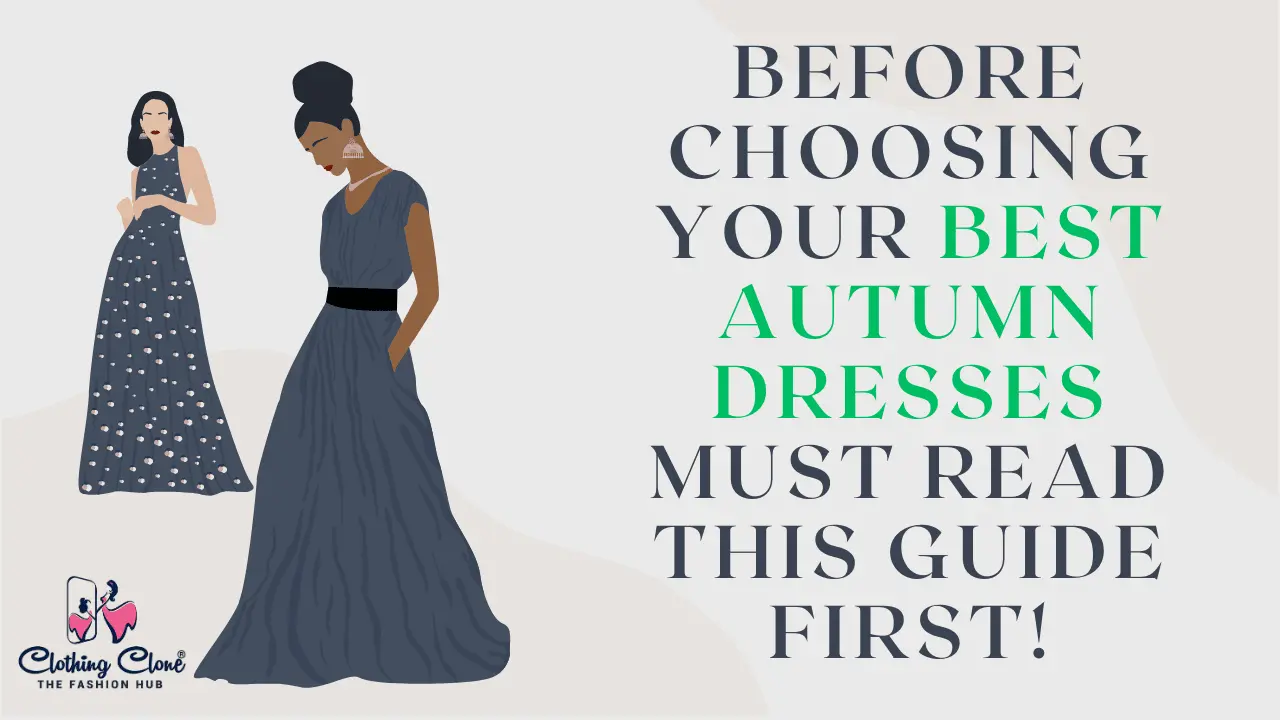
Best Autumn Dresses Trends : Top Picks for Your Stylish Season
Autumn brings with it not just a change in temperature but also a change in fashion, as the leaves start to fall gracefully and the air becomes crisp. We will explore the fascinating world of best autumn dresses in this guide, where style has no boundaries and beauty meets utility. With a focus on seasonal
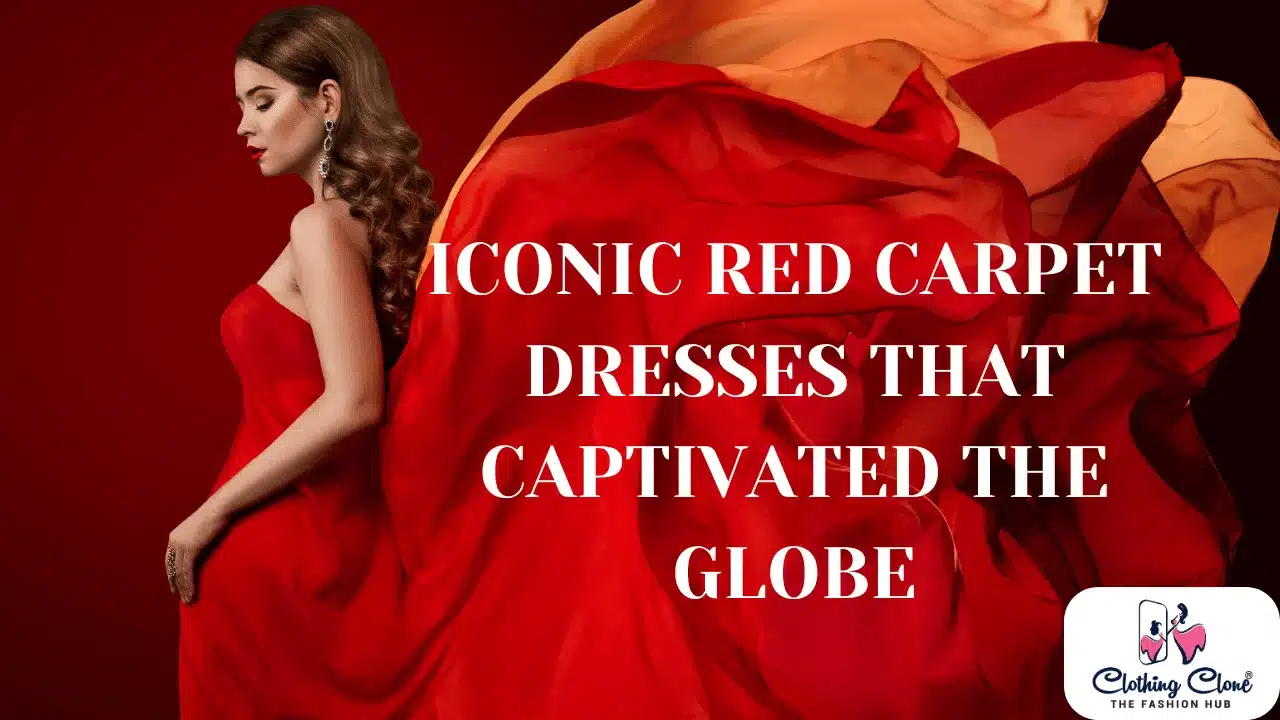
Unveiling Elegance: Iconic Red Carpet Dresses That Captivated the Globe
Fashion on the red carpet has always been a fascinating show, with glitz, artistry, and cultural meaning woven into every stitch and sequin. Red carpet dresses are highly regarded in popular culture because they can be more than just clothes and become symbols of grace and beauty. Not only do these beautiful outfits show off

